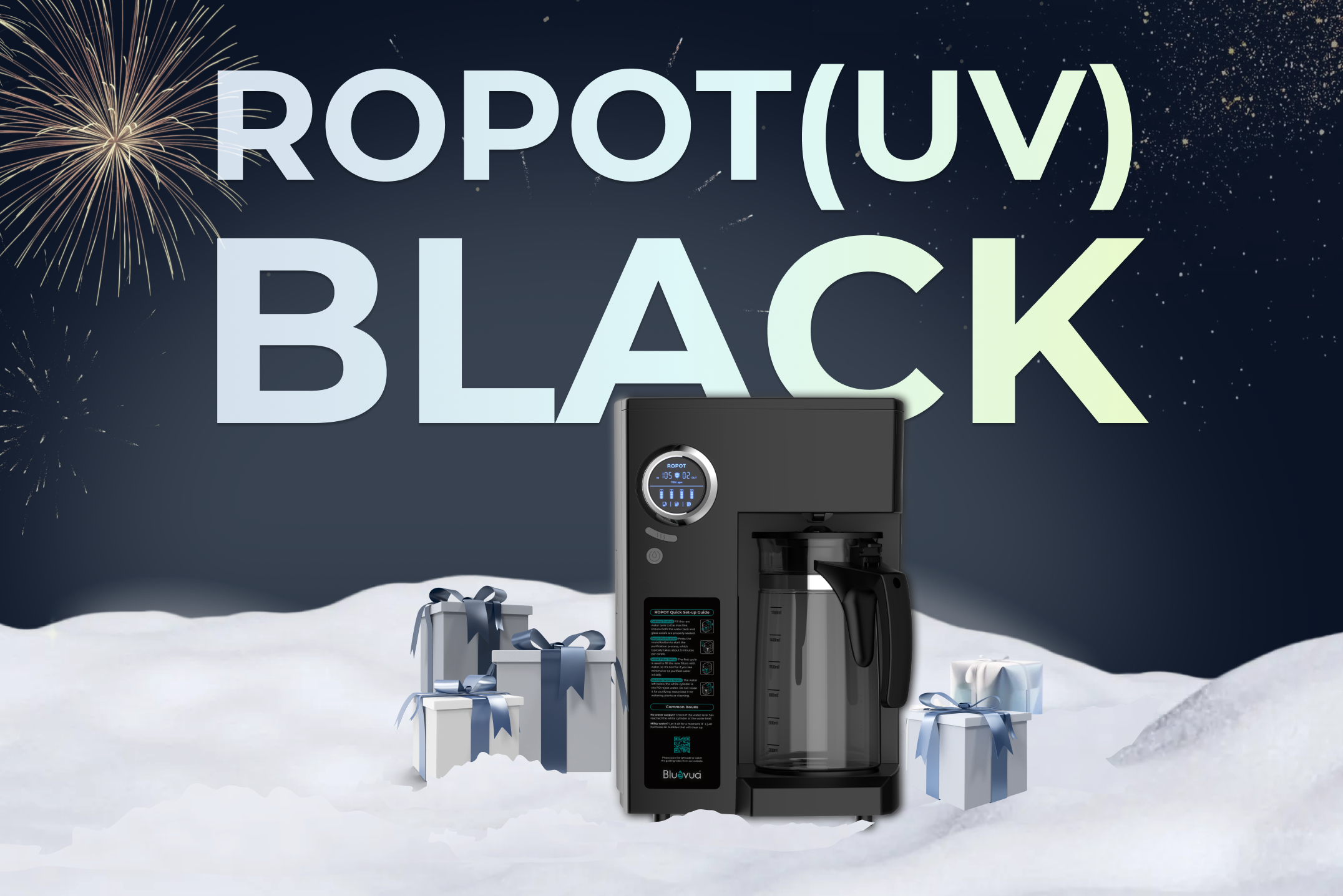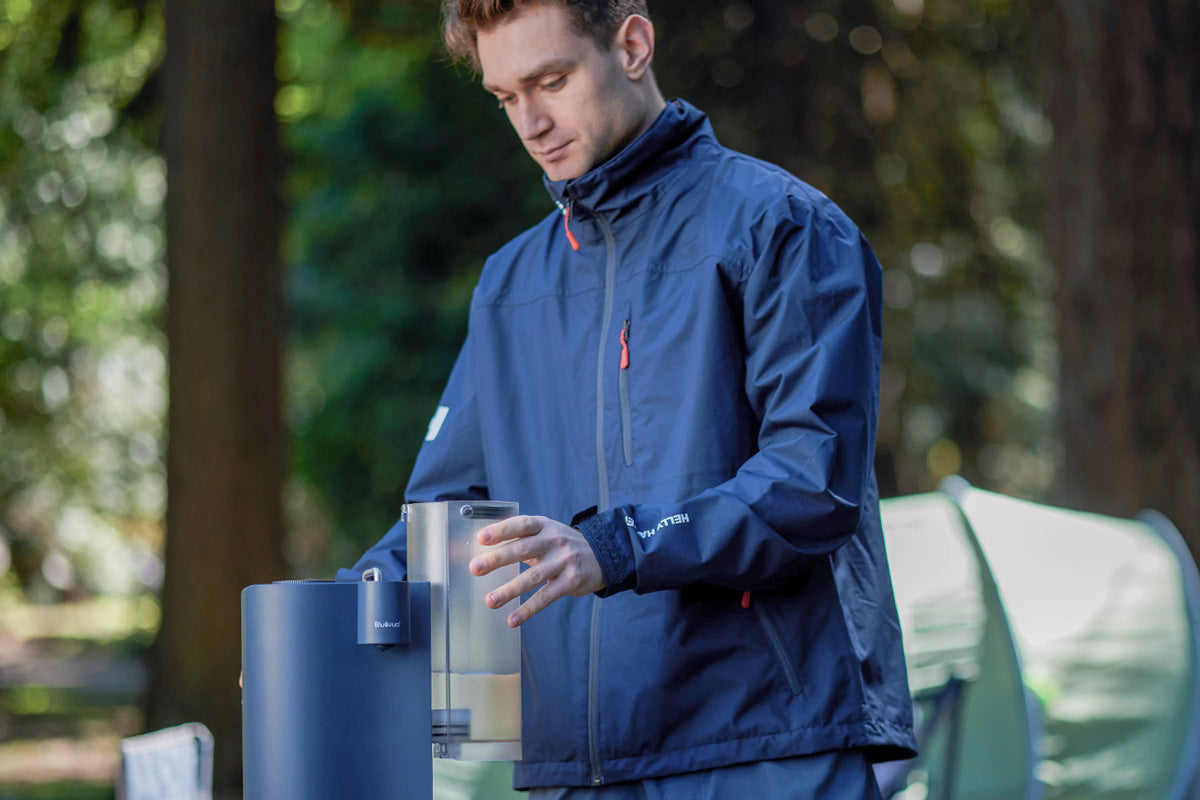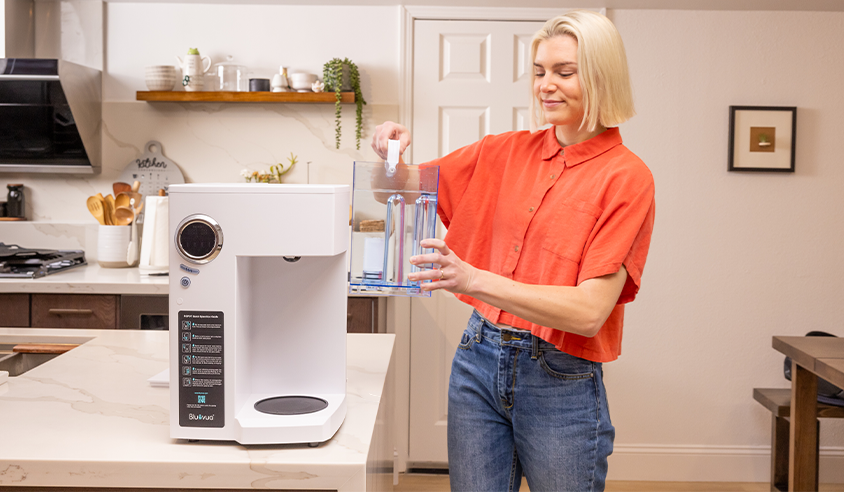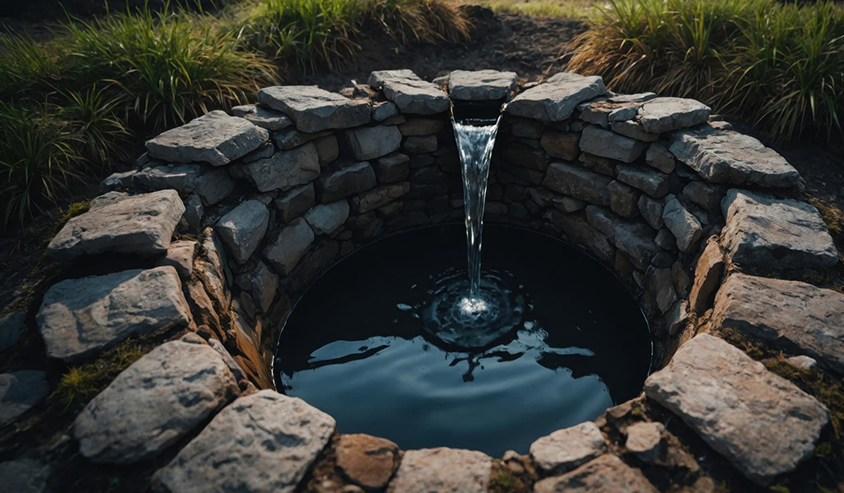Choosing the right water filter for your home can seem tricky, but one option, reverse osmosis (RO), is a real game-changer for clean water. We've got the lowdown on different RO systems, like whole house RO systems, compact countertop RO systems, and under-sink RO systems. This guide will simplify how RO cleans your water, discuss what to consider before buying, and help you figure out which type fits your space, budget, and needs - all to make sure you get pure water without hassle.

How Effective is RO Filtration at Ensuring Water Purity?
Wonder how small the holes in an RO filter really are? These are really very tiny, about 0.0001 microns in diameter, which is roughly about one-millionth the width of a human hair. This can explain the fineness of the filtering by RO systems, as they are capable of removing dissolved salts(ions), particles, colloids, organics, and pyrogens from the water. And yes, this is how all RO systems work, whether they come fitted under your sink or remain free-standing on your countertop.
Particularly with countertop RO systems, you gain effortless installation-no plumbers needed-and the environmental bonus of producing less waste. They're also safer, with minimal risk of leaks, compared to complex setups. In essence, countertop RO makes obtaining pure water easy and eco-friendly.
Is a Whole House RO System Right for Your Entire Home?
In the case of a whole-house RO system, it is an integrated solution wherein every tap falls under the water filtration system. This means a unified solution, which purifies water for cooking, drinking, bathing, and even flushing the toilets with the view of assuring highest water quality at all points in your home.
These do come with a higher price tag, generally ranging from $1,000 to over $4,000, not including the cost of installation and maintenance. Installation is complex, usually entailing the need for professional plumbers to re-structure existing plumbing arrangements in order to house the system- a makeover for your home's water supply routes. Regular maintenance further demands a hands-on approach, which may mean more frequent visits from your plumber. Also you are likely to see higher water bill as the system will use a lot of water to filter the contaminants out of your water.
Ideal scenarios for a whole house RO system include households where the utmost water purity is necessary for the whole house or in areas with heavily contaminated water supplies. It's also suited for homeowners who are prepared to invest in the comprehensive water quality, where budget is less of a constraint. Installing a whole-house RO filtration system is a significant decision, so it's important to consider all the factors before moving forward.

Is Countertop RO Systems a Simple Choice for Purified Water?
Countertop reverse osmosis systems embody the meaning of convenience in water purification at home. These units really could not be easier to set up, as often they are plug-and-play and do not require professional installation. You can have them functioning right out of the box. They're really quite affordable, too, ranging from about $150 to $500, compared to whole-house systems.
Among the standout features is efficiency: countertop systems have a lower wastewater creation rate compared to under-the-sink systems. Typically undersink systems has wastewater ratio of around 1: 4 produces, meaning they generate four gallons of wastewater for every gallon of purified water. While countertop systems have more water-efficient wastewater ratio of 3:1, for every three gallons of pure water, only one gallon of wastewater is produced.
Additionally many of the countertop designs make good use of this wastewater by cleverly re-routing it back into the system or a holding tank for other uses; while the undersink systems send the water to drain. It's taking a more ecologically friendly approach in many ways. There is little chance of any serious flood risk since they are not installed into your plumbing.
Countertop RO systems can serve best for drinking, cooking needs, and most household water usage. If you want to filter water to take a bath or take a shower, they just won't cut it. However, there is no restriction on the amount that can be produced daily, and they are suitable for typical household tasks such as refilling drinking bottles, cooking, brewing coffee, making a DIY facial mask, and watering plants.
In general, the countertop RO system will work for those people who prioritize to install something much easier and with a lesser cost, seeking an immediate solution for small-scale use in water without intentions of filtration to the whole home.

Are Under-Sink RO Systems Worth the Install?
Under-sink reverse osmosis systems are very suitable for people who would not like any appliances on display; they save much-needed counter space in the kitchen.
These systems also tend to be rather high maintenance. Installation is hardly a DIY project; it often involves calling a professional to make changes to cabinetry and plumbing under your sink, which adds to the overall expense. The under-sink RO systems themselves cost anywhere between $200 to $600, plus the cost of installation. Another environmental concern is that they have been known to waste more water than most countertop models, with the rejected water going directly into the drain.

Routine upkeep might be more of a hassle, too, due to their less accessible location. And if you're renting, installing an under-sink system may not be feasible without the landlord's approval, given the modifications required. Moreover, unlike countertop models, a malfunction in an under-sink system could potentially lead to leaks or flooding, which might go unnoticed until problems arise.
So, while under-sink RO systems filter off your sight that deliver clean water on tap, they come with considerations regarding installation complexity, maintenance, and potential risks of flooding that are important to weigh up.

A Quick Recap of Choosing the Right RO System
Each of the three options-whole house, countertop, and under-sink RO systems-would boil down to personal needs. The whole-house systems are all in one but extremely pricey and painfully complicated to install. Countertop units just stand out-they have a very affordable cost, are really easy to install, and are more eco-friendly, with much less waste. Under-the-sink models save space and deliver continuous purified water, but they can be more wasteful, and professional fitting is needed.
Therefore the countertop reverse osmosis water filter will be usually the best bet, as it balances all considerations of cost, convenience, and environment. They meet almost all small-scale needs of water purification without demanding high investment or comprehensive installation, and for this reason, they are considered among the top picks of many households.





ทิ้งข้อความไว้
ความคิดเห็นทั้งหมดจะได้รับการตรวจสอบก่อนที่จะเผยแพร่
เว็บไซต์นี้ได้รับการคุ้มครองโดย hCaptcha และมีการนำนโยบายความเป็นส่วนตัวของ hCaptcha และข้อกำหนดในการใช้บริการมาใช้